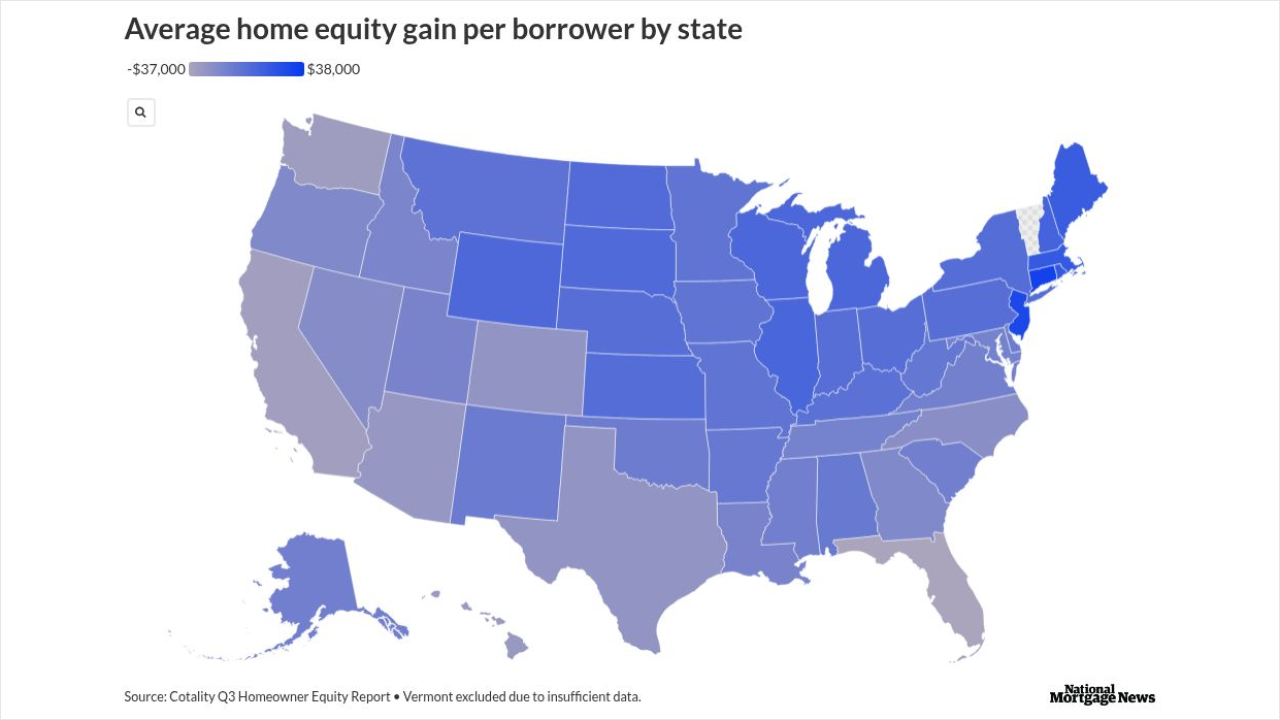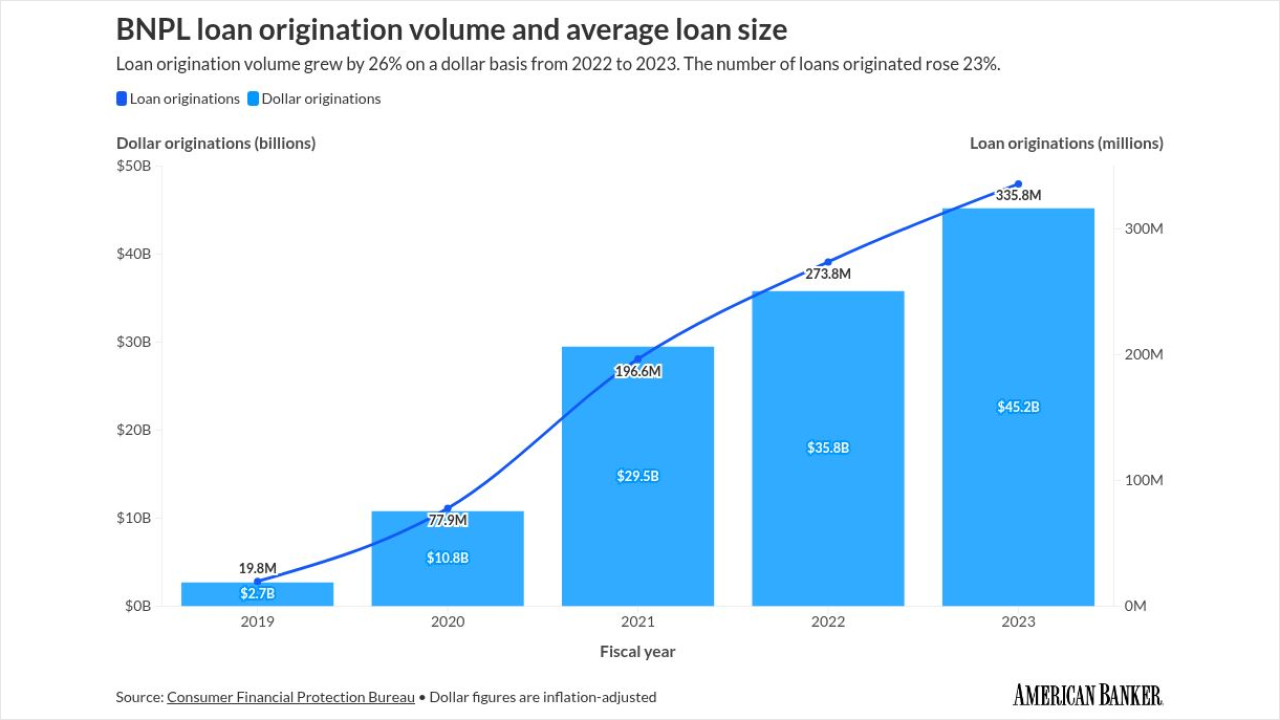As more direct lending and asset management firms take to actively running their CRE CLOs, investors are kicking more tires.
According to Värde Partners’ Missy Dolski, more investors in these pools of transitional and new-construction commercial real estate projects are looking more closely at manager performance despite the relative short shelf-life of the deals.
"We’ve experienced it in the investor meetings we’ve had," Dolski said in an interview with Asset Securitization Report. "Investors are digging in more, asking about infrastructure, how many people are dedicated to the platform, and asset management processes."
When CRE CLOs re-emerged as an asset class two years ago, most issuers issued closed-end, static pools of bridge loans they underwrite as private direct lenders, most often to finance projects for properties not currently generating income. Those projects, for example, include rehab efforts into multifamily apartments or aging shopping centers that developers hope can be revived into higher income-generation properties.
But even as short-term vehicles, actively managed deals can make more economic sense for issuers. Unlike longer-term commercial real estate loans, bridge/transitional loans that make up CRE CLO assets can be repaid early, leading to deal deterioration as prepayments in CRE CLO assets build up. Interest rate payments are reduced, limiting the revenue available to pay noteholders and make up for the fixed costs associated with CRE CLO deals that are often frontloaded into the early life of the transaction.
But while new assets can maintain a CRE CLO loan portfolio's returns, investors have to trust that a manager can find and acquire quality (and qualifying) assets. That prompts buyers to seek out "a level of comfort about not only the types of loans [issuers] are doing, but whether they have the right setup and infrastructure to support the business in the event things do take a bit of a downturn," Dolski said.

Since joining Värde Partners’ commercial and residential real estate capital markets business in August 2017, Missy Dolski has led the buildout of the asset management firm’s CRE-CLO platform to finance and syndicate first-lien loans for CRE projects and renovations.
What she has been careful to avoid are the pitfalls that caused the collapse of the asset class in the wake of a wave of defaults in 2009, such as mezzanine and pari passu debts.
After a slow re-emergence in the first few years into the recovery, the market rebounded with seven new CRE CLO deals in 2016 ($2.5 billion in securities), followed by 18 deals in 2017 totaling $7.7 billion.
Although Värde has yet to price a deal, the market is off to a brisk start in 2019 with 11 deals totaling $6.2 billion priced through May 20, according to data from Finsight.
The former Wells Fargo Securities director discussed her 2019 outlook on the CRE-CLO market in an edited transcript that follows.
ASR: How does Värde fit into the CRE CLO market?
Dolski: We have a deep history in the mortgages space. Coming out of the 2008 downturn, we were doing more opportunistic investing and were focused on distressed assets. We issued a number of securitizations between 2013 and 2015 – three in particular had those assets in them. Around the 2014 timeframe was when we shifted strategy and saw more of an opportunity in the performing space. We made a deliberate effort in building up our originations platform, in addition to our loan trading capabilities. We launched that platform in early 2016, and issued two CRE CLOs last year. Those assets were directly from our originations platform – some acquired in the secondary market, but not from our legacy distressed strategy.
Our focus now is on the $10-75 million loan size. We view the CRE CLO product as a diversification of the financing tools available to us. We finance this product through repo lines and selling ‘A’ notes – but we’re by no means beholden to the product. Relying on one financing source can end badly, as we’ve seen in past cycles.
What are your views on 2019 CRE CLO trends?
We obviously saw some volatility in the market toward the end of last year. If anything, it’s a good reminder that this product is still in its nascency. There is definitely an investor base for CRE CLOs, but it’s not the same as the corporate CLO or CMBS side of things. I think people forget that sometimes. We saw this in late ’15 - early ‘16. I think we’ll bounce back.
I know the pipeline is pretty robust for the product. It will come down to investor appetite. It will be interesting to see if they’re willing to clear at any level, or if the market shifts a little bit as the economy continues to not totally deteriorate, and some supply is able to get absorbed.
From an issuance perspective – I think we’ll be in line with last year, maybe slightly up this year, but this depends on how sentiment goes. I think there’s definitely a place for this asset class, but I do think it’s not as deep a market as people think.
What are some emerging deal structure trends?
What I found interesting last year was over 50% of the deals that got done ended up being managed in nature. That product clearly has become more popular and prevalent, and investors seem to have gotten their arms around that. I do think you’ll continue to see the managed product utilized, particularly for those issuers with permanent type capital vehicles. It’s a great tool for them to lock in a financing rate and originate into that product so long as they have the cash available to buy loans. Depending on the pricing spread between the managed and the static product, I think that the managed product will continue to be widely utilized.
There’s a lot of talk about if construction loans will be able to get financed – mezzanine debt and whatnot. My personal opinion is that it shouldn’t be able to. It does a disservice for the product. This has morphed into a good financing tool for light transitional and transitional bridge loans that have a lift to them, but not a gut rehab construction lift. If there’s a new product that emerges for that kind of stuff, that’s great – but if investors aren’t ready for it, we won’t see the adoption. I don’t necessarily think we’ll see the box of asset types widen all that much this year.
What happened in the deal slowdown last fall, which included a pulled deal?
The impetus was really the volatility we saw in the equity markets at the end of October. There was a good month where the equity markets were pretty shaky. That spilled over into all of structured products a bit. The problem there was the timing of the year. Everybody tries to rush in before Thanksgiving, not a lot of new issue is supposed to happen after Thanksgiving. You kind of saw a glut of supply in November as well. That combination of a weak market backdrop combined with oversupply I think ended up having a negative effect on the overall market. Such that there was a deal announced right after Thanksgiving. I’m sure it could have cleared, but because of the levels it would have required to clear at, that particular issuer opted to pull their deal. When you start hearing about deals getting pulled it almost exacerbates the whole topic. That deal that got pulled has subsequently come back and been priced, and priced at the top of stack on top of or slightly wider than the last deal that priced in November. Someone had to go through that price discovery that month.
Is manager tiering by investors taking place based on performance, or perhaps their niche specialties or asset class?
I think it’s all of the above. I do think reputation and history in the space is key, but also to your point of where they focus. You’ve got a couple of your large, publicly traded REITS, who only do hundred-plus million-dollar loans in primary markets. They’re in one camp; then you’ve got this large middle market space and within it, that’s where historically there had not been a lot of tiering going on — but I think you’re going to start seeing it. And we’ve experienced it in the investor meetings we’ve had. Investors are digging in more, asking about infrastructure, how many people are dedicated to the platform, and asset management processes in order to get a level of comfort about not only the types of loans they are doing, but whether they have the right setup and infrastructure to support the business in the event things do take a bit of a downturn.
How does the CRE CLO manager role fit into the initial loan underwriting, it at all?
The way CRE CLOs work is a little different today. The role of the CLO manager really only exists for managed deals. There’s an ability to buy in new loans after the CLO closes., but notably all of the deals to date have been all of the issuer’s collateral. Corporate CLOs are more an arbitrage trade, where the CLO manager is paid to aggregate pools. Here it’s all your own product, and you’re essentially selling the investment-grade bonds into the market while still holding the haircut equity in the loans in the form of noninvestment grade bonds. It’s more analogous to that of a financing tool versus a trade. The manager is managing their own assets, and so it is two different products there. Typically, in CRE CLOs the manager is entitled to a fee, but they are waiving it in the structure for the most part. The incentives are just different.
If the question is, are people pushing the envelope in underwriting because they have this as a financing tool, I think that depends on the issuer. At Värde, we make credit decisions kind of agnostically as far as whether or not a loan is going into a CLO. We price loans more to our warehouse execution or where we can sell ‘A’ notes and if the CLO markets are open and available, that’s a great diversification of complement to those tools – but we’re by no means beholden to it.
So selecting loans for CRE CLOs is on a deal-by-deal basis?
If you look at managed CRE CLO structures, you’ve got a host of eligibility criteria you have to meet. You’re also a little beholden to how much cash you have in the trust to even be able to buy new loans in. There’s a couple of limiting factors that way. Now, do some people go out, and say “I know this one loan is going to pay off and I’m going to have $30 million, and I’ve got this $30 million deal in my pipeline, let’s just price it.” We’ll wave a bunch of structure just to get the deal done and get it into our CLO. Do some people do that? Maybe, I don’t know. We would not do that. Some of it is just basic liquidity planning, honestly. At the time platforms like ours have loans in their pipeline, we have a view of how we’re going to finance that loan and who we’re going to finance it with. For people who have a managed CLO available to them, that could very well be the first place they go to finance it. Whether or not that means their credit decision around the loan is changing, that’s what I think is an issuer by issuer decision.
Are the vehicles safe enough to include mezzanine or pari passu loans at some point?
To my knowledge there’s been one CLO that had some in it. It was way back in 2013-2014. I wouldn’t say it’s a market-accepted practice at the moment. I do think it gets talked about a lot, but honestly, I’m not even sure how many people care to do it. I don’t necessarily think it’s a good thing for the product. Once you start turning the CRE CLO product into a “kitchen sink,” it dilutes the benefit of being able to finance light transitional bridge whole loans. That has the potential to be a negative, and it can drag down the whole aura around the product. At Värde, we don’t have a practice of putting leverage on leverage. While some people may view it to as a positive to be able to have that outlet, I think it’s a little dangerous. Some of the problems the industry had with CRE-CLOs 1.0 was that there was a lot of that going on. So, it doesn’t take long for some of it to go bad. In my opinion, I think the negatives outweigh the positives of being able to add in structurally subordinated debt into that financing vehicle.
What is making CRE CLO 2.0 structures safer than the pre-crisis deals?
The purpose of 1.0, was that it was very much a trade where people were opportunistically trying to time the market, putting everything in and selling the vast majority in the cap stack. You didn’t have risk retention then, so they could sell all the bonds and essentially not have any skin left in the game. Whereas now, issuers are really utilizing this as a financing tool, incentives are more aligned and they are holding the bottom 15-25% depending on credit enhancement levels. So, they have actual dollars at risk. Secondly, is just the type of collateral. Before, they used the term CDO because it was more than just loans. It was ‘B’ pieces of other deals, CUSIPs, mezzanine loans, construction loans in addition to your first mortgages. Just from a risk profile perspective, the deals getting done today are a lot cleaner in nature, being solely first mortgages. From a ratings agency process, they’ve definitely tweaked their models as well, and that’s had an effect on the space.
Are there different styles to actively managing CRE CLOs?
With the market issuance we saw last year, there were a number of first-time issuers, including Värde, to the product. That’s been alongside just the amount of capital that’s been raised in the CRE debt space as well. So, it’s not surprising that when there’s an attractive way to finance the business, people are able to take the capital they raise, close loans and get to market. I’ll be curious how many brand-new issuers you see this year. In 2019, you’ll probably see some more first-time issuers. Beyond that, there’s not as many brand-new debt platforms out there. I think a lot of them were announced over the last 24 months.
As far as how all of them are managing their business, I think it depends on their scale and their focus. At Värde, we have the bandwidth to have a pretty substantial business in the mortgages area, and so we finance through warehouse lines and have flexibility on what our financing sources look like, whereas some brand-new platforms may not have that. They may also be financing through warehouse lenders who are forcing them to the markets a bit. I think people end up having to manage it differently depending on what financing tools they’ve been able to put in place, away from the CLO market. It’s also a matter of their scale, and how many originators they have, as well as how much capital they actually have to put to work. We’re of the opinion that not all of the platforms that have raised capital are going to be able to make it to market or are going to be able to get to scale. It’ll be interesting to see how that plays out over the course of the next two or three years, particularly if the economy does take a downturn.





